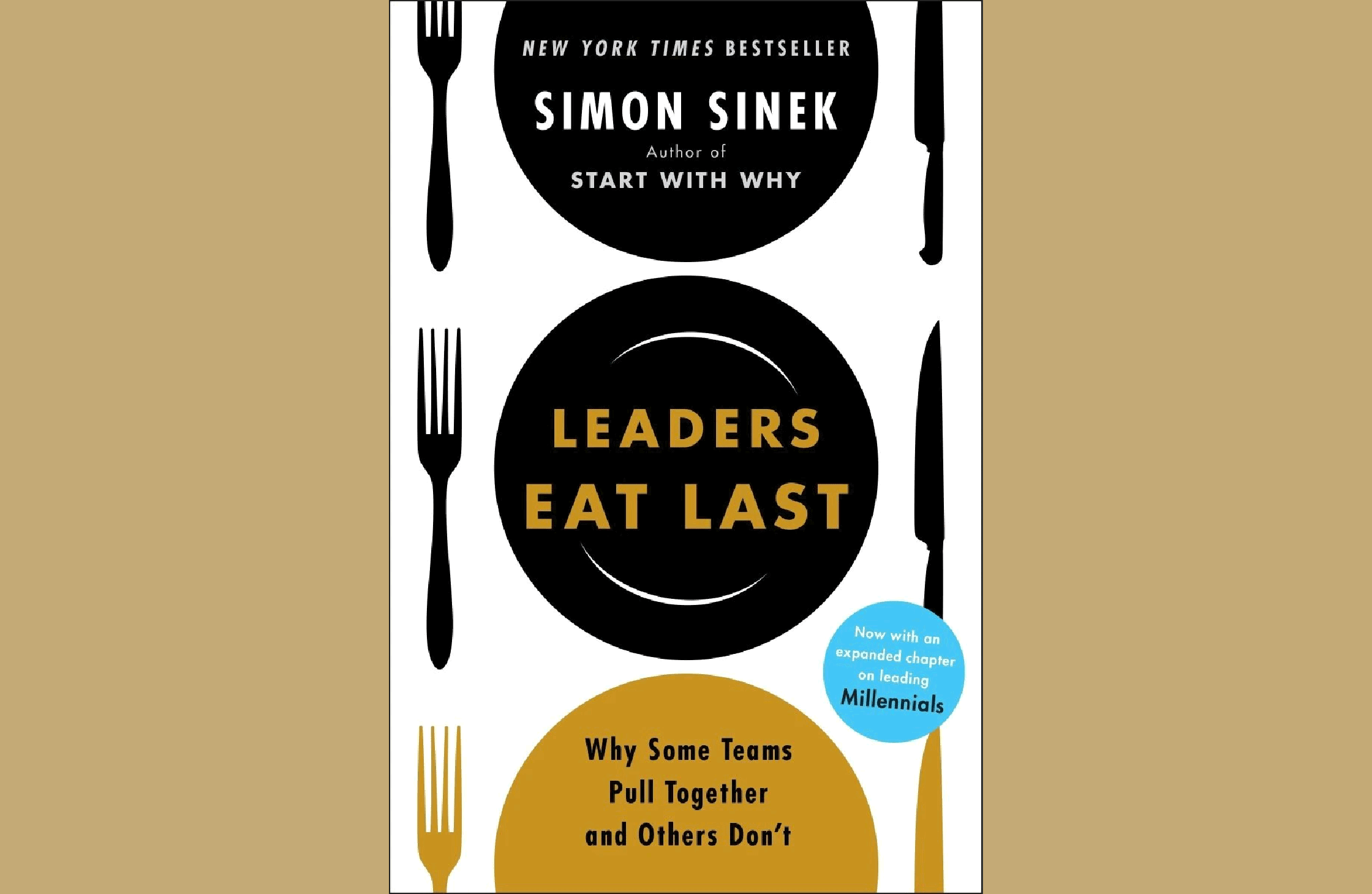The Truth About How A Circle Of Safety And Teams Work
Discover how creating a Circle of Safety fosters high-performing teams. Learn from Google, Southwest, & Patagonia's examples and take our 5-question test to assess your team's environment.

In the quest to understand what makes some teams succeed spectacularly. In contrast, others falter; Simon Sinek's "Leaders Eat Last: Why Some Teams Pull Together, and Others Don't" offers a powerful insight: the Circle of Safety. This concept isn't just theoretical—it's a practical, transformative approach that has proven worth across various industries.

The Circle of Safety Explained
At its core, the Circle of Safety creates an environment where team members feel safe, supported, and valued. It's a leadership approach that protects employees from external threats and internal competition, allowing them to focus on collaboration, innovation, and achieving common goals. The idea is simple yet profound: when people feel safe, trust flourishes, teamwork intensifies, and the organization thrives.
Trust: The Foundation of Teamwork
Trust is the linchpin of effective teamwork. Without it, collaboration efforts feel forced, and the team's potential remains untapped. Creating a Circle of Safety fosters trust, ensuring team members feel secure in taking risks and expressing ideas, knowing they won't be exposed to ridicule or retribution. This level of trust transforms a group of individuals into a cohesive, unstoppable team.
Without Teamwork, Businesses Fail
The absence of a Circle of Safety leads to an environment where fear, uncertainty, and internal competition prevail. In such settings, the focus shifts from collective success to individual survival. This stifles creativity and innovation and erodes the organization's foundation, leading to its eventual downfall.
Companies That Mastered the Circle of Safety
Several leading companies have successfully implemented the Circle of Safety, turning it into a competitive advantage. Here are a few notable examples:
Google's Project Aristotle, a study to understand the dynamics of successful teams, concluded that psychological safety, a concept akin to Sinek's Circle of Safety, was the most critical factor. Google fosters an environment where employees feel safe to take risks, voice their opinions, and be themselves, leading to groundbreaking innovations and a highly engaged workforce.
Southwest Airlines
Southwest Airlines has long been celebrated for its unique company culture that prioritizes employee satisfaction and safety. By treating employees like family and ensuring they feel valued and protected, Southwest has achieved unparalleled customer service and loyalty, demonstrating the power of the Circle of Safety in creating a thriving, resilient business.
Patagonia
Patagonia's outdoor clothing company has built a reputation for its commitment to sustainability and ethical practices. But it's also known for its dedication to creating a supportive workplace where employees feel a sense of safety and belonging. This commitment has resulted in high employee engagement, innovation, and loyalty.

Conclusion
The Circle of Safety is not a luxury but necessary for building high-performing teams. It's about more than just creating a pleasant workplace; it's about fostering an environment where trust, cooperation, and shared success flourish. As Simon Sinek highlights, and as many successful companies have demonstrated, prioritizing the safety and well-being of employees is a powerful strategy for achieving long-term success. For leaders looking to inspire and propel their teams to new heights, embracing the Circle of Safety is crucial to building a culture of trust and collaboration.
By nurturing a sense of security and belonging, organizations can unlock the full potential of their teams, leading to innovation, resilience, and unparalleled success. Google, Southwest Airlines, and Patagonia serve as testaments to the transformative power of creating a Circle of Safety. They remind us that when leaders put their people first, everyone wins.
Does Your Team Have a Circle of Safety? A Five-Question Scorecard Test
To determine if your team operates within a Circle of Safety, answer the following questions honestly:
- Do team members openly share their ideas and concerns without fear of ridicule or retribution?
- Yes
- No
- Are mistakes used as learning opportunities rather than reasons for punishment or embarrassment?
- Yes
- No
- Does leadership consistently communicate their commitment to the team's safety and success?
- Yes
- No
- Are all team members encouraged and supported to develop and contribute to their fullest potential?
- Yes
- No
- Is there a palpable sense of trust among team members, where cooperation triumphs over competition?
- Yes
- No
Scoring: If you answered "Yes" to at least four of the five questions, your team likely operates within a Circle of Safety, fostering a culture of trust, innovation, and high performance. Fewer "Yes" answers suggest areas where your leadership style could evolve to create a more secure, supportive environment for your team.


